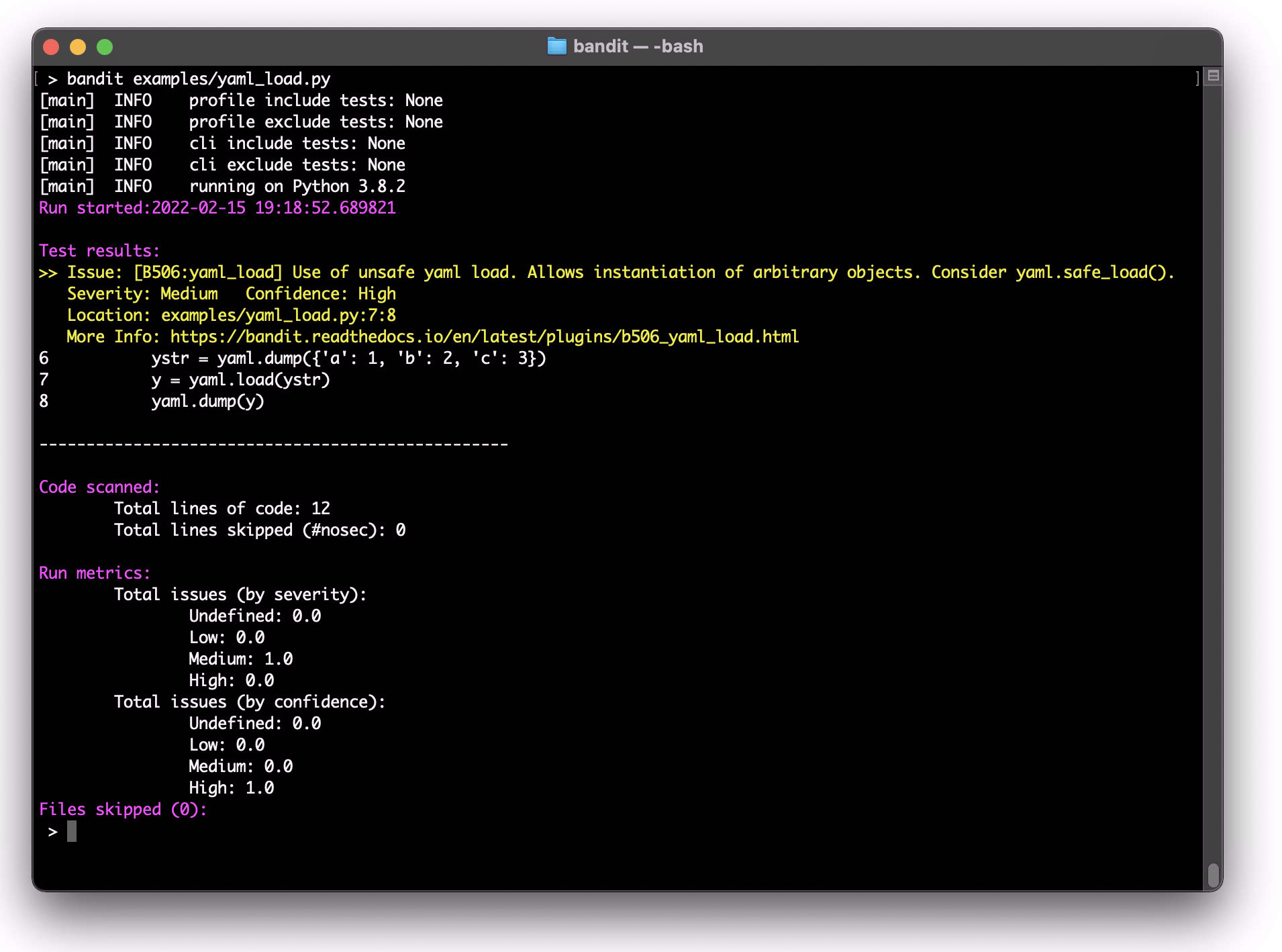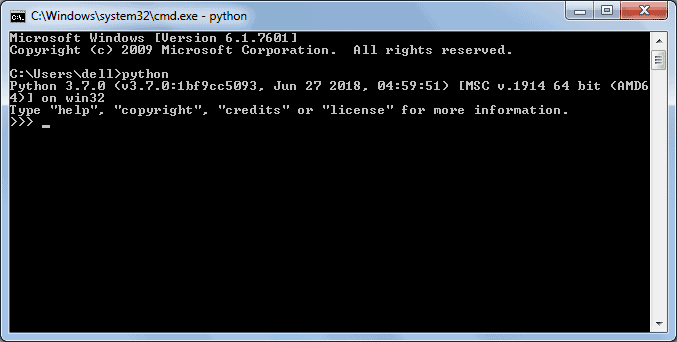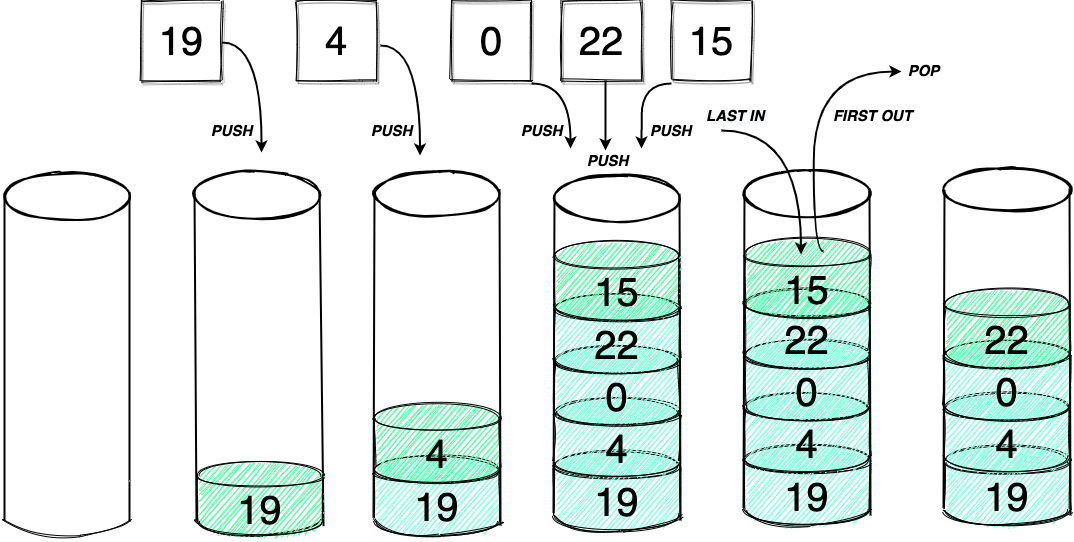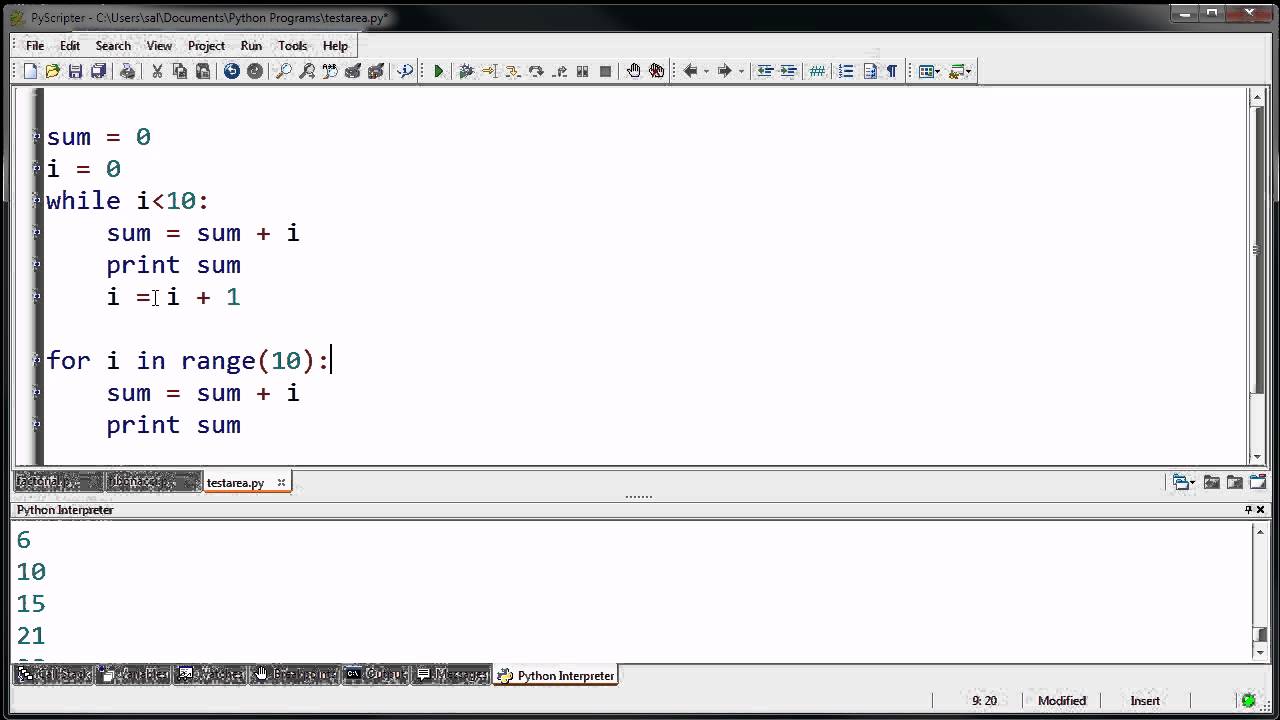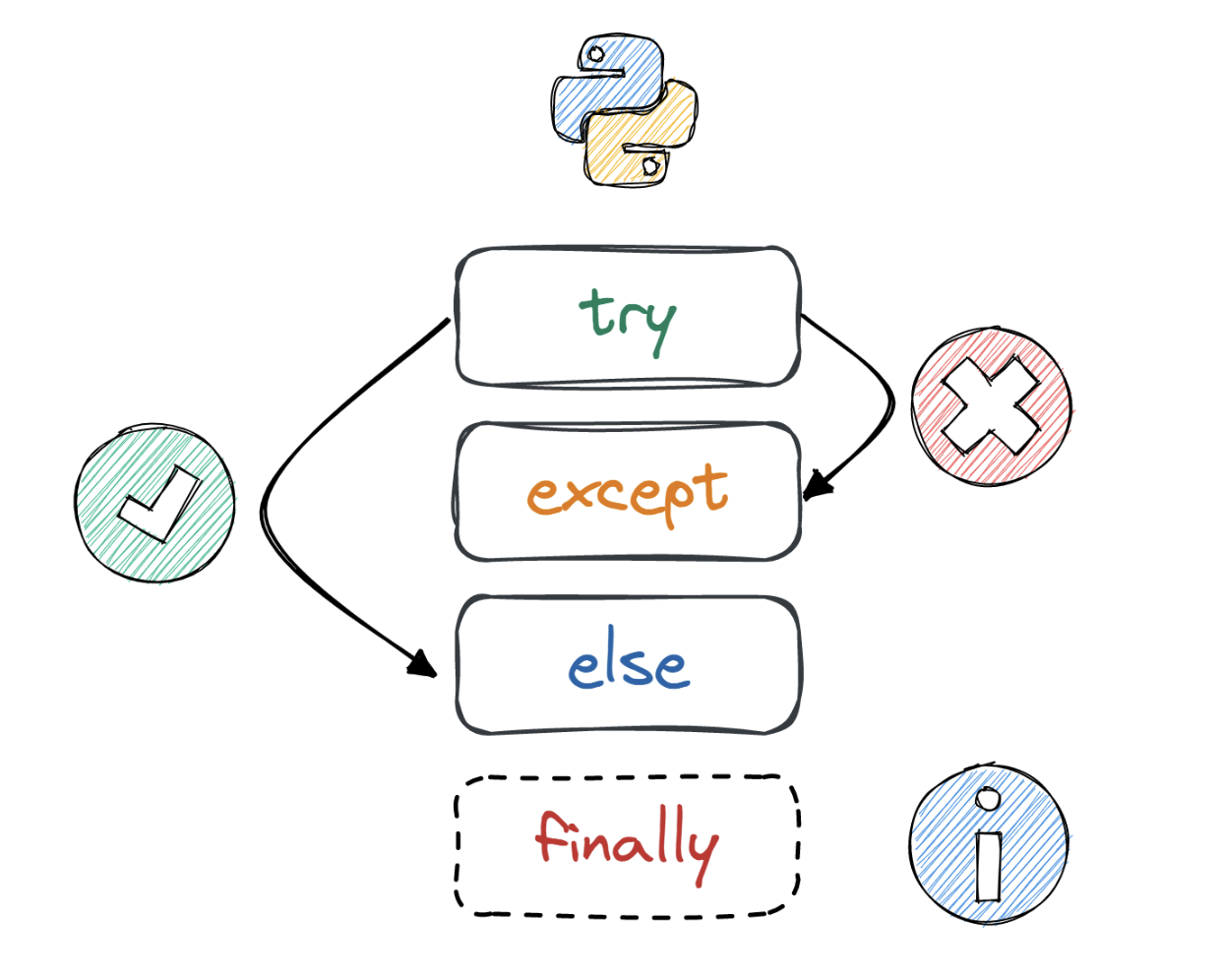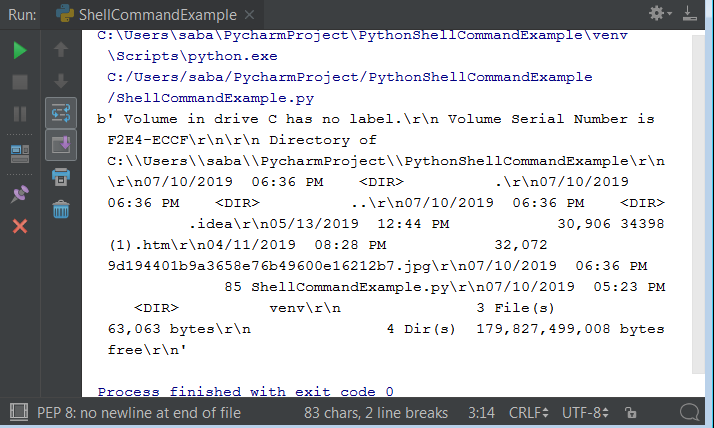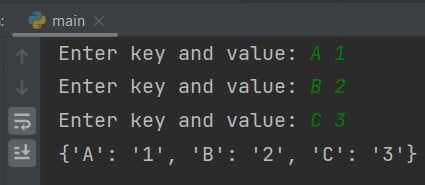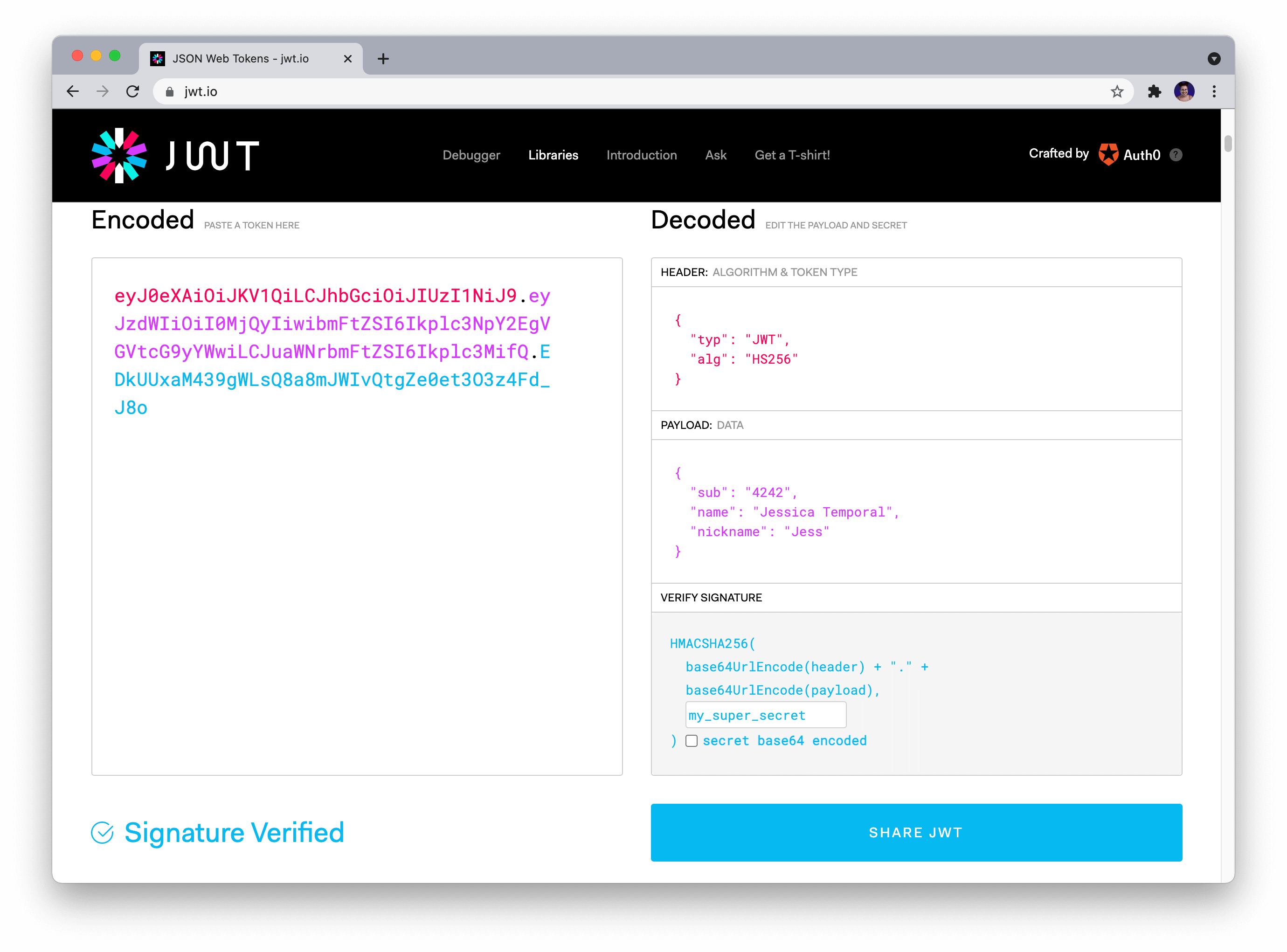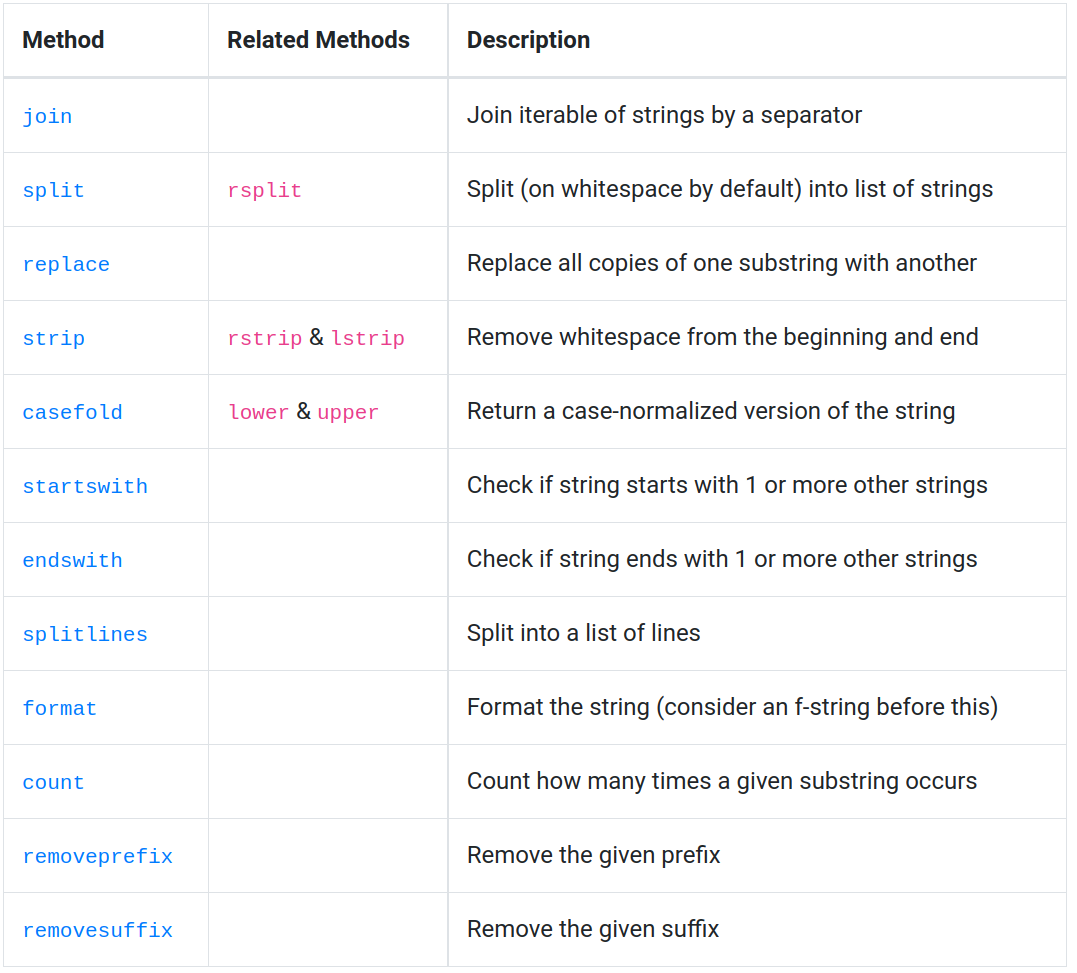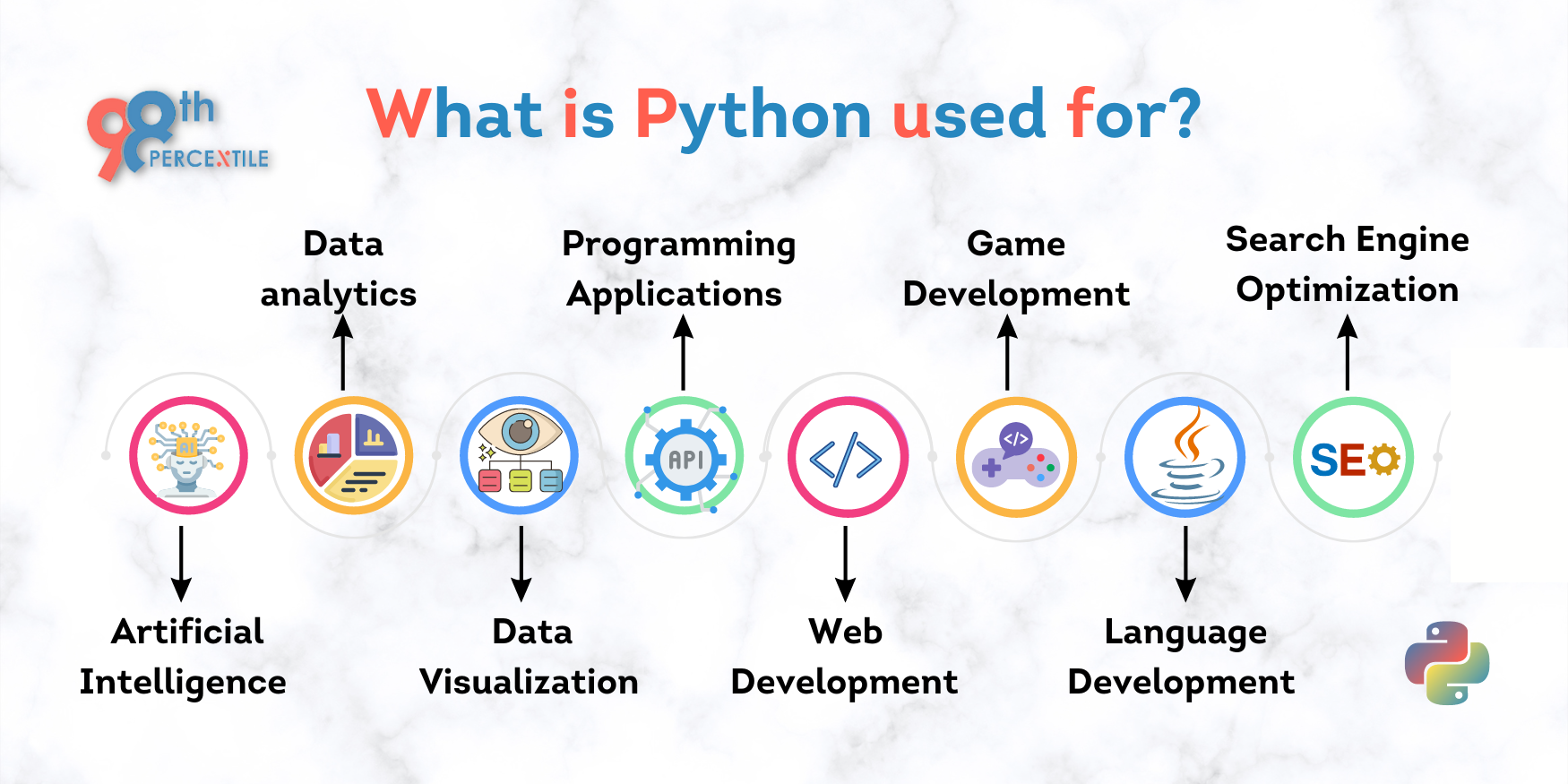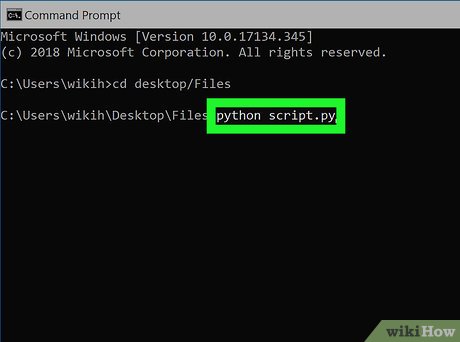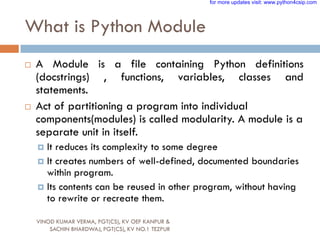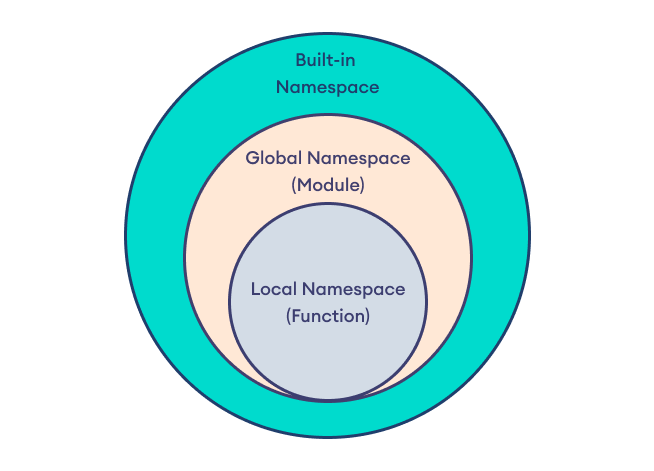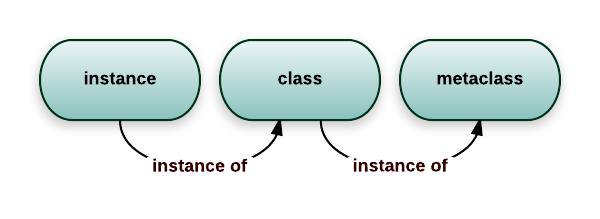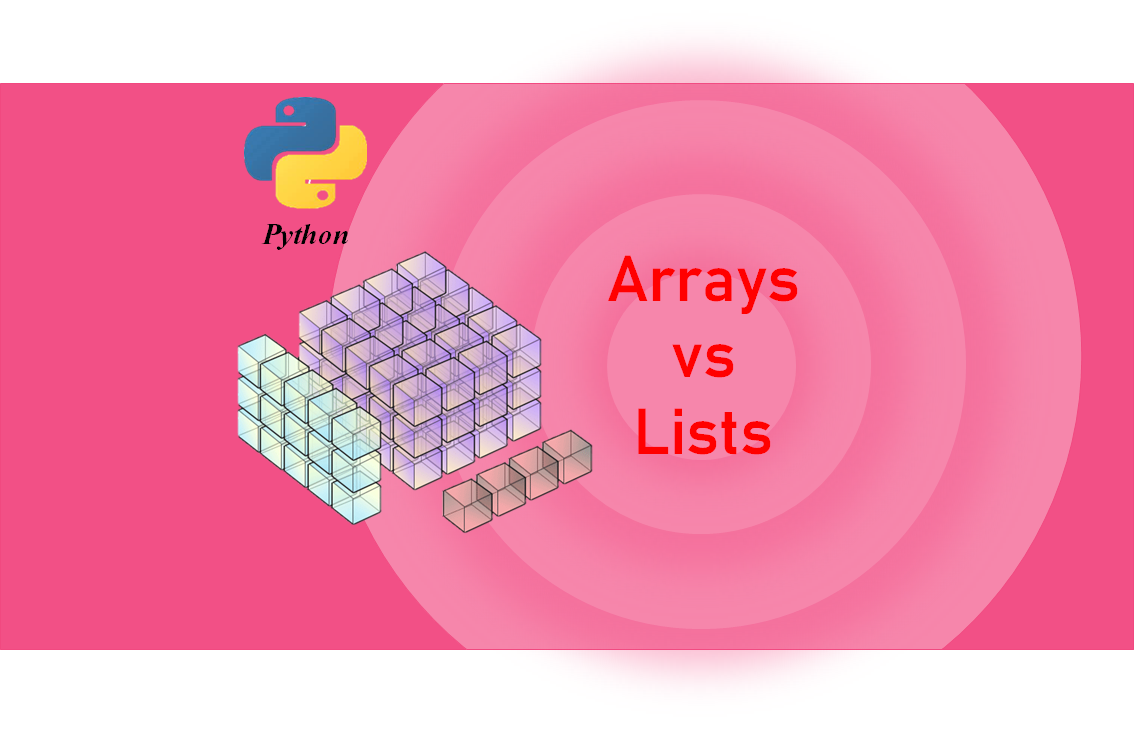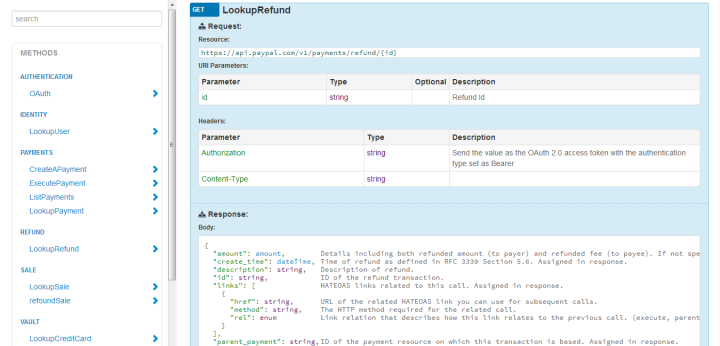What are the list operations in Python?
What are the list operations in Python?
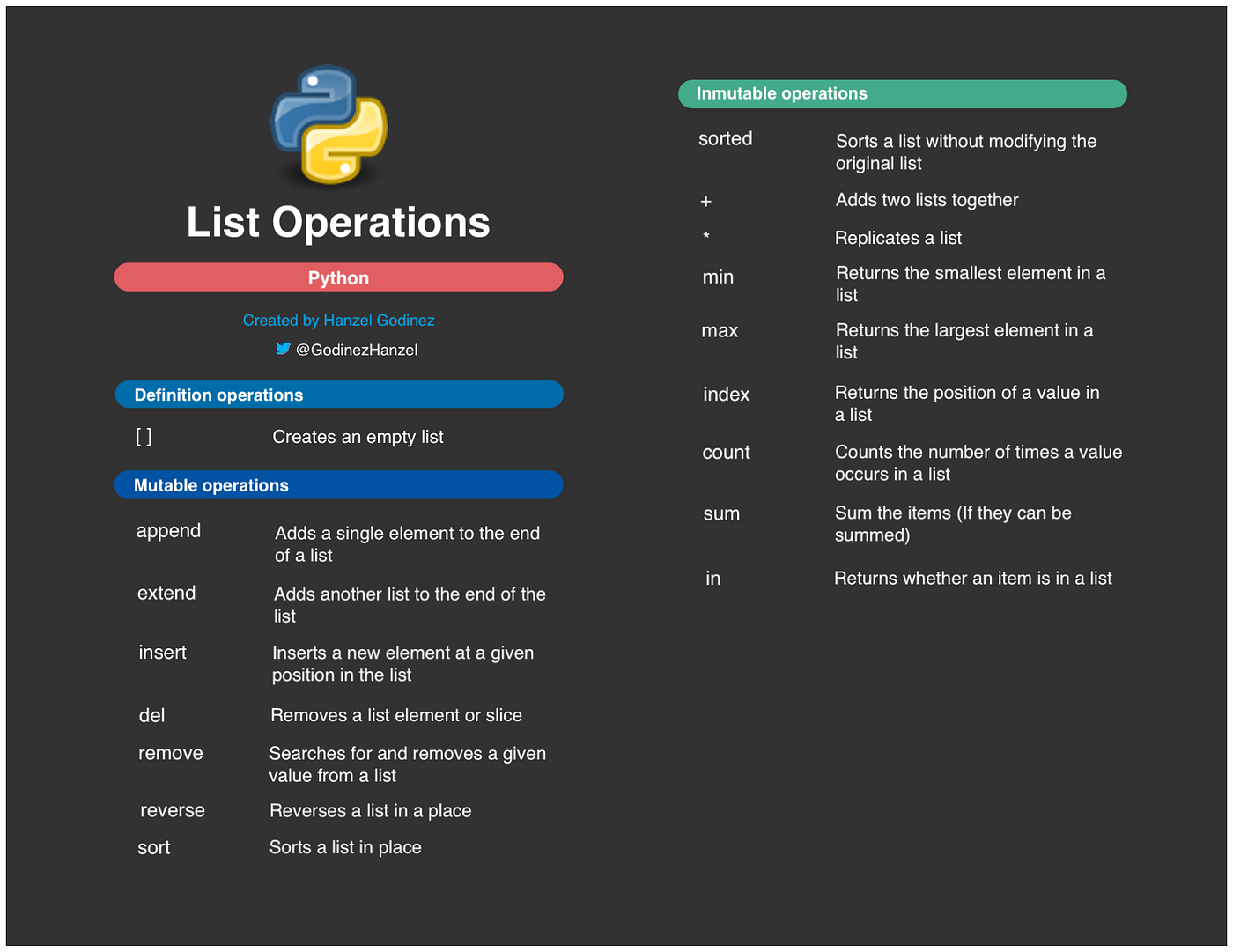
In Python, list operations refer to various methods used to manipulate and process lists. Here's an exhaustive list of common list operations:
Accessing Elements:
Indexing: Use square brackets[] to access individual elements by their index (position). For example, my_list[0] would return the first element.
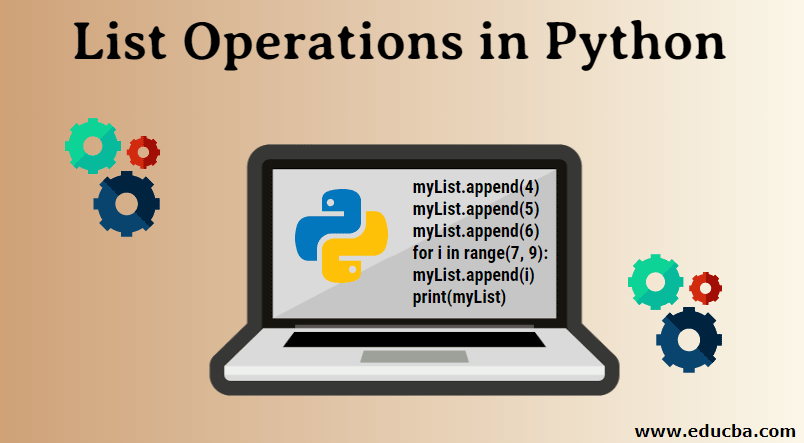
my_list[1:3] returns elements 1 and 2.
Insertion:

append() method to add an element to the end of the list. For example, my_list.append(4) adds 4 to the end. Insert: Insert an element at a specific position using the insert() method. For instance, my_list.insert(1, 'hello') inserts 'hello' at index 1.
Deletion:
Remove: Use theremove() method to delete the first occurrence of an element. For example, my_list.remove(3) deletes the first 3. Pop: Delete and return an element at a specific position using the pop() method. For instance, my_list.pop(1) removes the element at index 1. Clear: Use the clear() method to delete all elements from the list.
Modifying Elements:
Index Assignment: Assign a new value to an existing index using square brackets[]. For example, my_list[0] = 'new_value' updates the first element. Extend: Concatenate multiple lists or iterables into one list using the extend() method.
Manipulation:
Sort: Reorder elements in a list using thesort() method (or sorted() for an immutable view). Reverse: Reverse the order of elements in a list using the reverse() method. Count: Return the number of occurrences of an element using the count() method.
Conversion:
To String: Convert a list to a string representation using thejoin() or str.join() methods.
Iteration and Looping:
For-Loop: Use a for-loop to iterate over elements in a list. List Comprehension: Create a new list by applying an operation to each element in the original list.These operations are fundamental to working with lists in Python. Mastering them will enable you to write efficient and effective code that manipulates, processes, and transforms your data.
(And remember, Grandma won't be angry if you respond in English!)
Python list comprehension
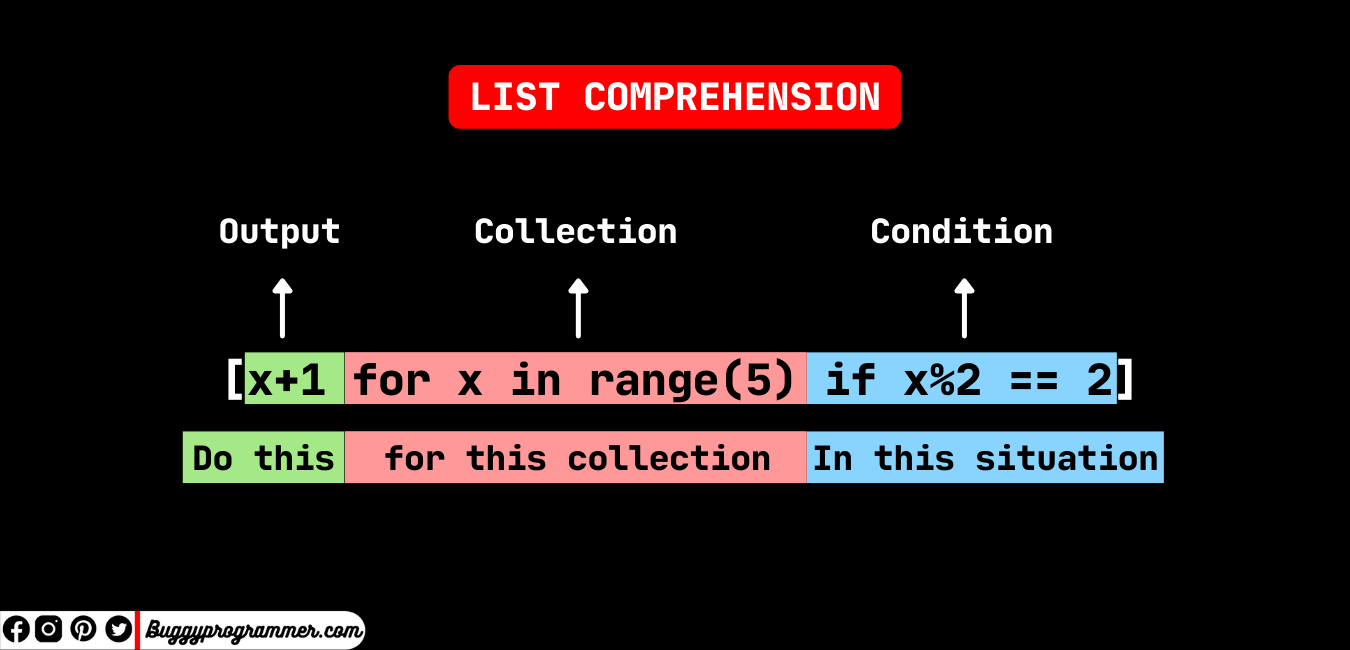
I'm happy to respond in English!
Python list comprehensions are a powerful feature that allows you to create new lists from existing ones with a concise and readable syntax. A list comprehension is a compact way to create a new list by performing an operation on each item in an existing list.
The basic syntax of a list comprehension is:
[expression for item in iterable]
Where expression is the operation you want to perform on each item, item is the variable representing each item in the original list, and iterable is the original list or other iterable object.
Here are some examples of using list comprehensions:
Example 1: Filtering a list
numbers = [1, 2, 3, 4, 5, 6]even_numbers = [num for num in numbers if num % 2 == 0]
print(even_numbers) # Output: [2, 4, 6]
In this example, we create a new list even_numbers that contains only the even numbers from the original list numbers.
Example 2: Transforming a list
fruits = ['apple', 'banana', 'cherry', 'date']uppercase_fruits = [fruit.upper() for fruit in fruits]
print(uppercase_fruits) # Output: ['APPLE', 'BANANA', 'CHERRY', 'DATE']
Here, we create a new list uppercase_fruits that contains the uppercase versions of each fruit in the original list fruits.
Example 3: Combining two lists
numbers1 = [1, 2, 3]numbers2 = [4, 5, 6]
merged_numbers = [(num1, num2) for num1 in numbers1 for num2 in numbers2]
print(merged_numbers)
Output: [(1, 4), (1, 5), (1, 6), (2, 4), (2, 5), (2, 6), (3, 4), (3, 5), (3, 6)]
In this example, we create a new list merged_numbers that contains tuples, where each tuple is the combination of two numbers from the original lists numbers1 and numbers2.
Example 4: Nested loops
colors = ['red', 'green', 'blue']shapes = ['circle', 'square', 'triangle']
color_shapes = [(color, shape) for color in colors for shape in shapes]
print(color_shapes)
Output: [('red', 'circle'), ('red', 'square'), ('red', 'triangle'), ...]
Here, we create a new list color_shapes that contains tuples, where each tuple is the combination of a color and a shape from the original lists colors and shapes.
List comprehensions are a powerful tool in Python that can greatly simplify your code. They are often used to perform operations on lists, such as filtering, transforming, or combining data.
Do you have any specific questions about list comprehensions?
